Please Tell Me About Finishes - Why is My Mom's Stuff so Awesome?
lulusong
11 years ago
Related Stories

KITCHEN DESIGNHouzz Call: Tell Us About Your First Kitchen
Great or godforsaken? Ragtag or refined? We want to hear about your younger self’s cooking space
Full Story
FUN HOUZZHouzz Call: Tell Us About Your Dream House
Let your home fantasy loose — the sky's the limit, and we want to hear all about it
Full Story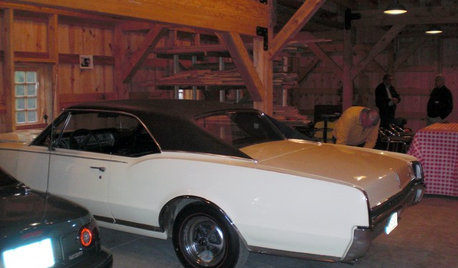
FEEL-GOOD HOMEGuys Tell Us About Their Favorite Places at Home
For Father’s Day, Houzz men show us the places in their homes where they like to hang out
Full Story
PETSSo You're Thinking About Getting a Dog
Prepare yourself for the realities of training, cost and the impact that lovable pooch might have on your house
Full Story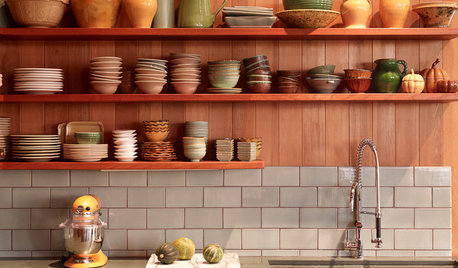
LIFETell Us: What Made You Fall for Your Kitchen?
Show the heart of your home some love for Valentine’s Day
Full Story
COFFEE WITH AN ARCHITECTWhat My Kids Have Taught Me About Working From Home
Candy and Legos aren't the only things certain small people have brought to my architecture business
Full Story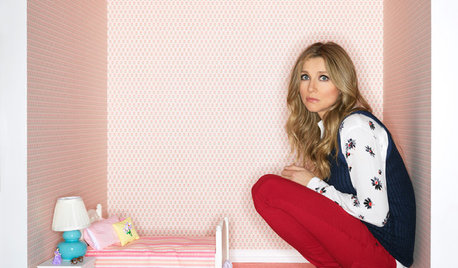
LIFETell Us: Do You Know How to Live With Your Parents?
If you've tried multigenerational living under one roof, we'd love to hear the details
Full Story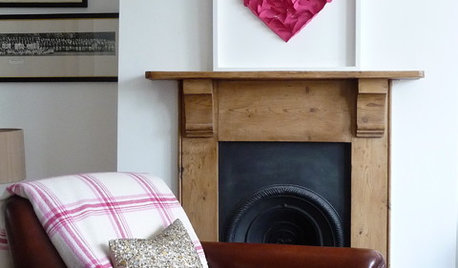
VALENTINE’S DAYTell Us: Why Did You Fall in Love With Your House?
What was it about your house that made your heart flutter? Share your photo, and it could make the Houzz homepage
Full Story
ARCHITECTURETell a Story With Design for a More Meaningful Home
Go beyond a home's bones to find the narrative at its heart, for a more rewarding experience
Full Story
INSIDE HOUZZTell Us Your Houzz Success Story
Have you used the site to connect with professionals, browse photos and more to make your project run smoother? We want to hear your story
Full StoryMore Discussions






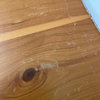



User
lulusongOriginal Author
Related Professionals
Parsippany Cabinets & Cabinetry · Dallas Carpenters · Matteson Carpenters · Pickerington Carpenters · Chicago Flooring Contractors · Norton Flooring Contractors · Pahrump Flooring Contractors · Rockledge Flooring Contractors · Sacramento Flooring Contractors · Salem Flooring Contractors · West Bend Flooring Contractors · Des Moines Furniture & Accessories · Topeka Furniture & Accessories · Los Gatos Furniture & Accessories · Urbandale Furniture & Accessoriesbobismyuncle
brickeyee
tuesday_2008
lulusongOriginal Author
camlan
lulusongOriginal Author
brickeyee
bobismyuncle